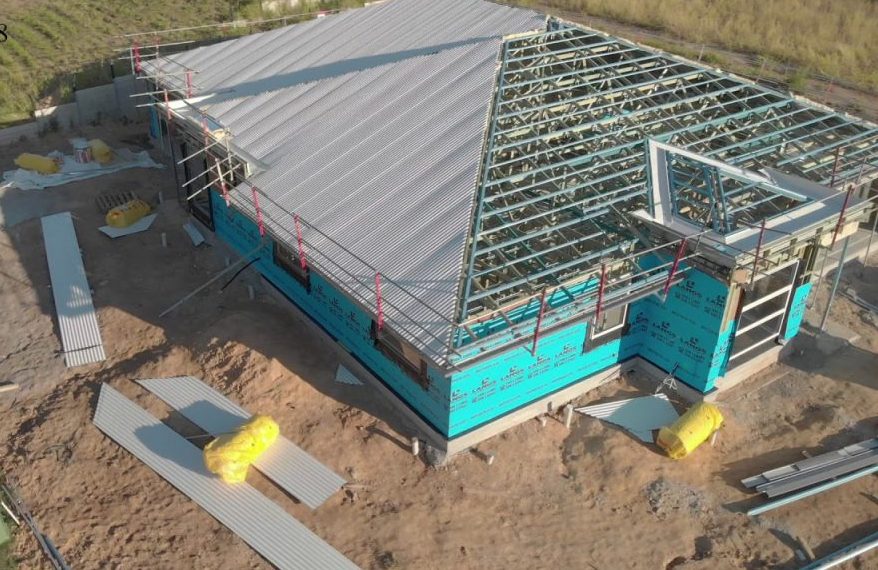Within the construction industry, the term “lock-up stage” represents a notable milestone during the building process. It is a crucial phase that signifies the point at which a building becomes secure and weatherproof. Let’s explore the lock-up stage in construction in more detail.
Definition of the Lock-Up Stage:
The lock-up stage is achieved when the building reaches a level of progress where external walls, doors, and windows have been installed and can be effectively secured. This stage typically occurs after the foundation, structural framework, and roofing have been completed. It marks a significant step towards protecting the building from unauthorized access, weather elements, and potential damage.
Key Elements of the Lock-Up Stage:
During the lock-up stage, several essential components are typically completed:
External Walls: The installation of external walls, including brickwork, cladding, or other types of wall systems, is finalized. This helps enclose the building, providing security and weather resistance.
Doors and Windows: The fitting of doors and windows is a critical aspect of the lock-up stage. These elements contribute to securing the building and allowing controlled access while also providing natural light, ventilation, and views.
Roofing: The roofing system, such as tiles, shingles, or metal sheets, is installed, providing protection against the elements and completing the building envelope.
Locking Mechanisms: Locks and hardware are installed on doors and windows, ensuring that the building can be securely locked and safeguarded.
Significance of the Lock-Up Stage:
Security: With the finalization of the installation process for external walls, doors, and windows, the building attains an increased level of security, effectively discouraging unauthorized access and safeguarding against potential incidents of theft or vandalism.
Weatherproofing: Sealing the building with properly installed external walls, doors, and windows helps create a weatherproof barrier. This helps mitigate the potential risks associated with water infiltration, moisture damage, and other weather-related concerns, reducing their impact on the building.
Progress Milestone: The lock-up stage signifies a significant milestone in the construction process. It indicates that the project has advanced to a stage where the building is secure and can be accessed for subsequent interior work.
Trade Coordination: Once the lock-up stage is reached, interior trades can commence their work. Such as electrical, plumbing, and HVAC installations, without the risk of exposure to the elements.
Completion and Beyond:
While the lock-up stage is a pivotal point in construction, it does not imply that the building is fully finished. Interior finishing work, including insulation, drywall, flooring, and fixtures, still needs to be completed. However, reaching the lock-up stage provides a significant level of security and protection, allowing subsequent work to proceed without major concerns related to external factors.
Conclusion:
The lock-up stage in construction is a significant milestone where a building becomes secure and weatherproof. With the completion of external walls, doors, windows, and roofing, the structure is protected against unauthorized access and the elements. This stage allows for the commencement of interior work, marking substantial progress in the construction process. The lock-up stage plays a crucial role in ensuring security, weatherproofing, and the overall success of the construction project.

